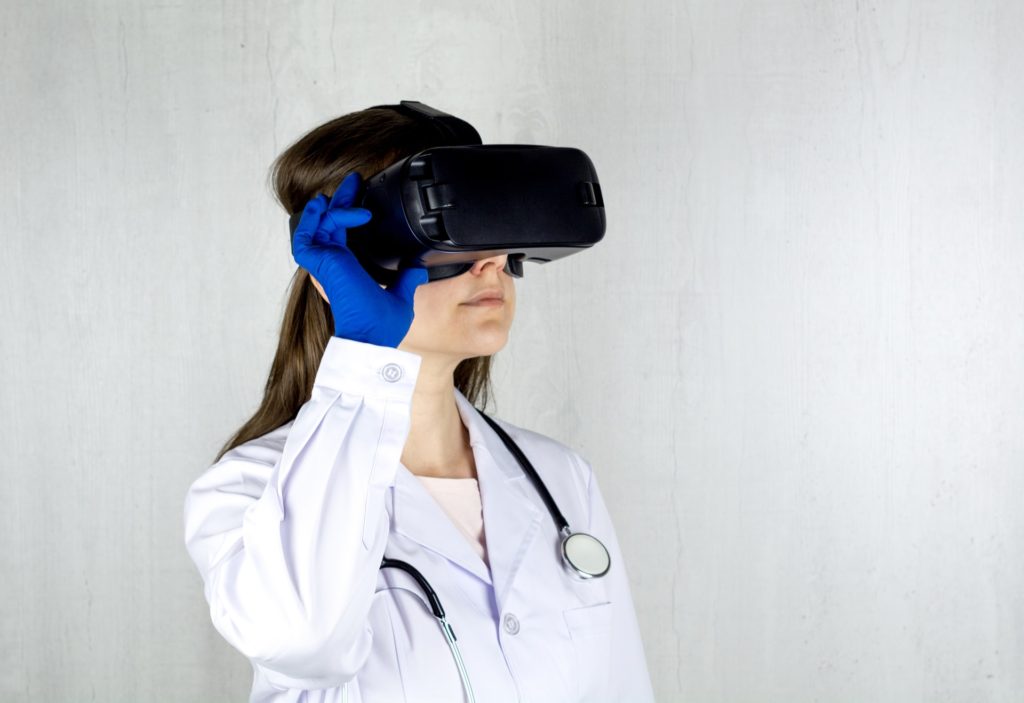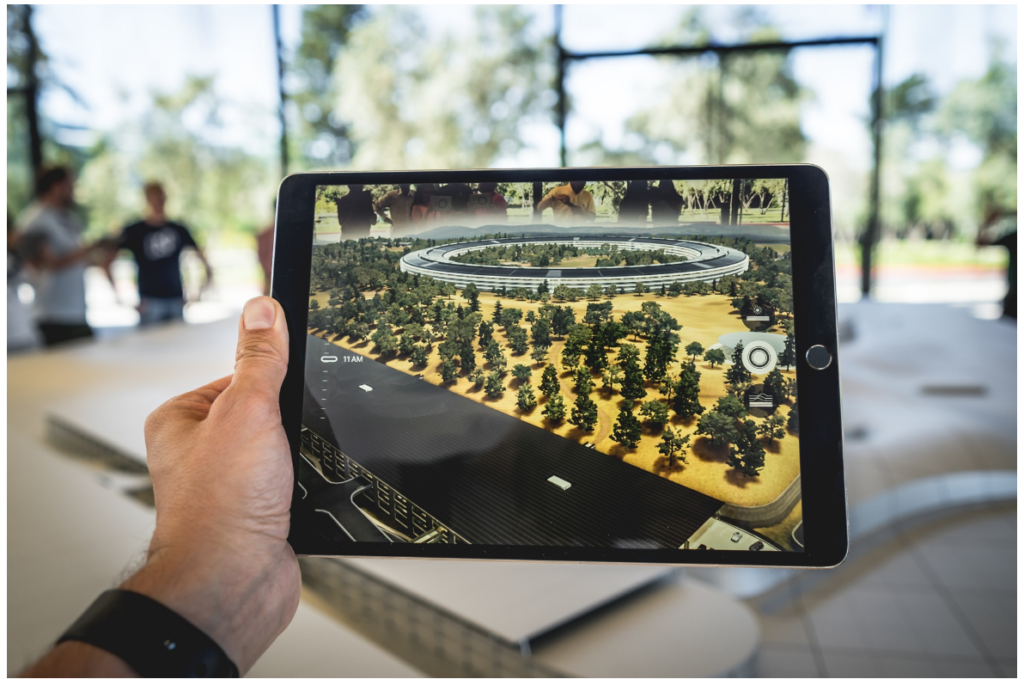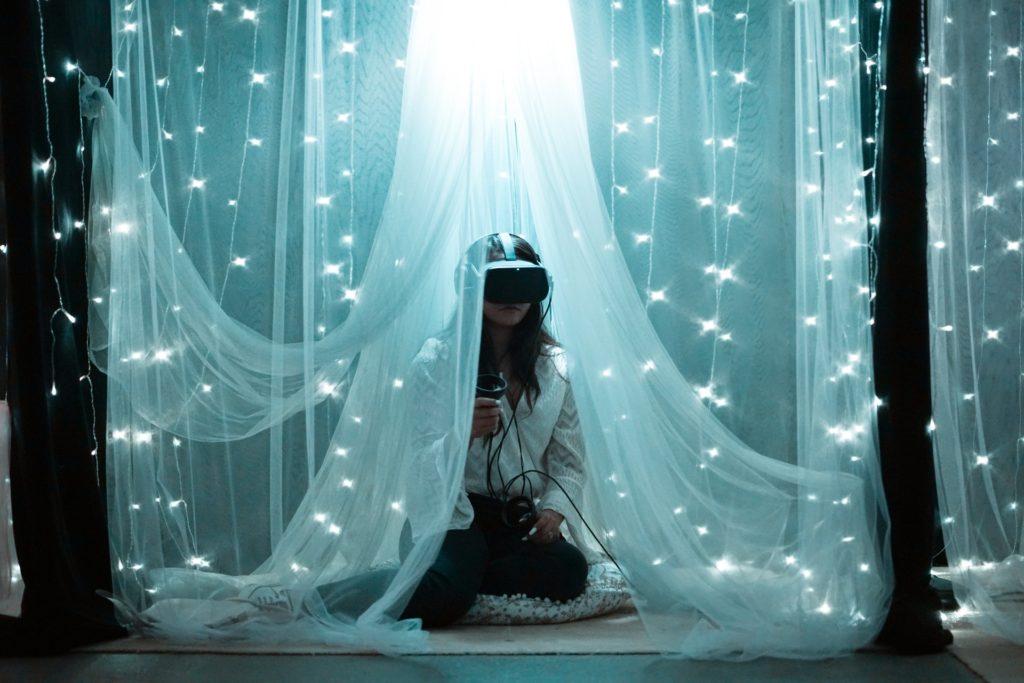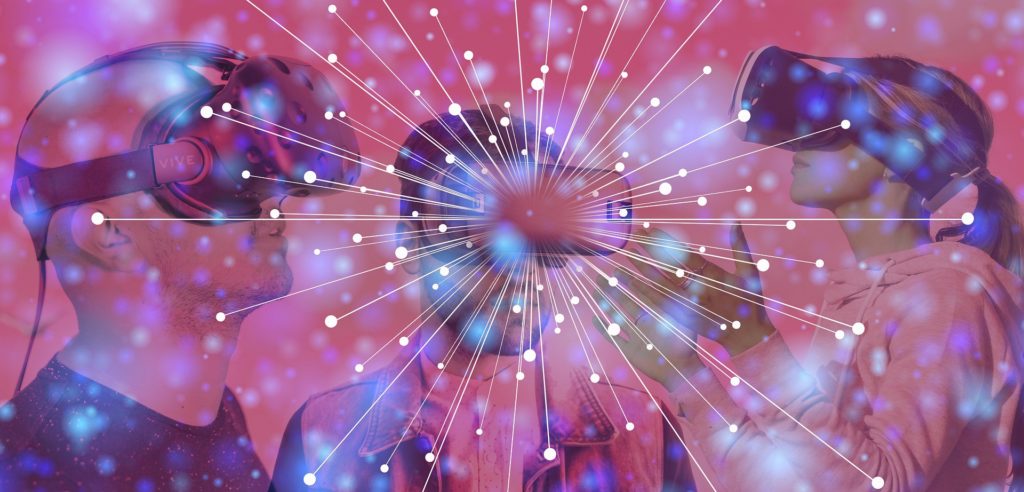Recent technological advancements have caused the hardware and software associated with virtual reality (VR) and augmented reality (AR) to become more accessible, especially within education (Elmqaddem, 2019). VR was the original field from which AR and mixed reality (MR) technologies originated. VR is a technology that is “fully immersive, which tricks your senses into thinking you’re in a different environment or world apart from the real world” (intel, n.d., para. 8), whereas AR can be seen as a “technology that overlays digital information on the real world” (Marr, 2019, para. 5). MR experiences “seamlessly blends the user’s real-world environment and digitally-created content, where both environments can coexist and interact with each other” (Unity, n.d., Mixed Reality (AKA ‘MR’) section).
During this post, I will provide a concise list of various VR, AR, and MR resources and solutions that K-12 educators can use within their classrooms. This is not an exhaustive overview, but hopefully, it will help fellow educators get started using these technologies within their teaching and learning practices.
Virtual Reality (VR)
Oculus Quest 2 - A great all in one solution that does not require a powerful PC to run the headset. Educators will need to access the Oculus store to purchase paid and free applications though.
VirtualiTeach - A great website ran by a gentleman called Steve Bambury. The site has a wealth of great resources regarding VR and immersive technologies in general.
Augmented Reality (AR)
Merge Cube - A low-cost solution that allows students to hold a digital trigger in their hands, the cube, and use a device to overlay the cube with 3D objects.
Curiscope Virtuali-Tee - a T-shirt that allows students to bring science lessons to life. A student can wear the t-shirt and have a partner use a device to display an overlay of a human body via the unique pattern outlined on the garment.
ARVRinEDU - A website ran by Jaime Donally. The site features a wealth of resources, including a blog.
Mixed Reality (MR)
Class VR - This solution includes headsets, a central headset management platform, as well as access to a large repository of curriculum-aligned content. This is a great solution and I would highly recommend it.
Short but sweet… hopefully, this post will help any educator that is thinking of using immersive technologies in their classroom to get started. If you are a school leader looking to implement immersive technologies into your school, I would recommend starting with a small-scale trial, evaluate the impact on learning, and if all goes well this will provide evidence to drive future deployment and procurement decisions. I personally feel that Class VR is a great solution to kick start the use of immersive technologies within a K-12 school. From this solid foundation, schools can then decide to increase their number of headsets and/or invest in other solutions such as the Oculus Quest 2.
References
Elmqaddem, N. (2019). Augmented reality and virtual reality in education. Myth or reality? International Journal of Emerging Technologies in Learning (IJET), 14(03), 234–242. https://doi.org/10.3991/ijet.v14i03.9289
intel. (n.d.). Demystifying the virtual reality landscape. https://www.intel.com/content/www/us/en/tech-tips-and-tricks/virtual-reality-vs-augmented-reality.html
Marr, B. (2019, July 19). The important difference between virtual reality, augmented reality and mixed reality. Forbes. https://www.forbes.com/sites/bernardmarr/2019/07/19/the-important-difference-between-virtual-reality-augmented-reality-and-mixed-reality/#7f0d3a4c35d3
Unity. (n.d.). What is AR, VR, MR, XR, 360? https://unity3d.com/what-is-xr-glossary




